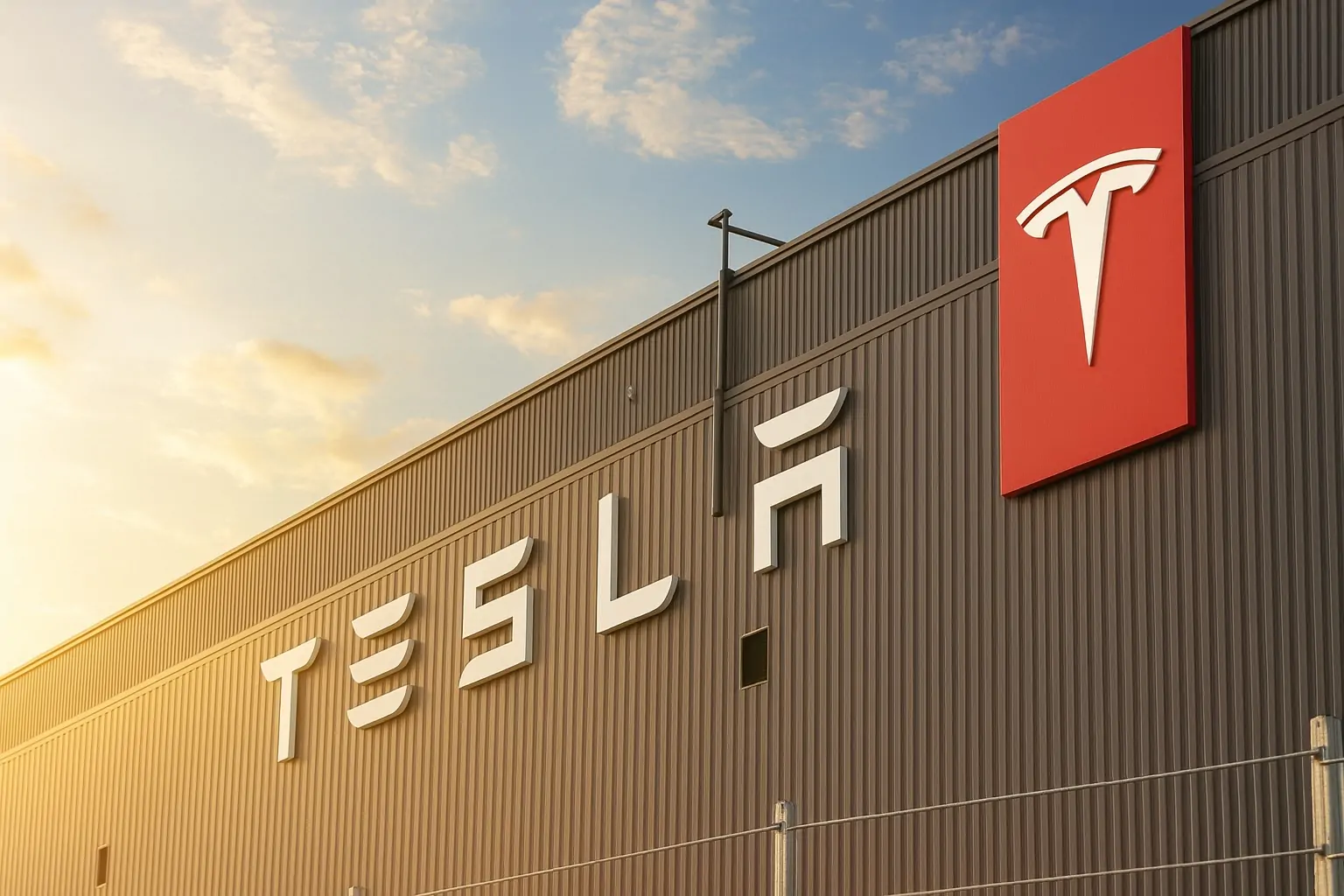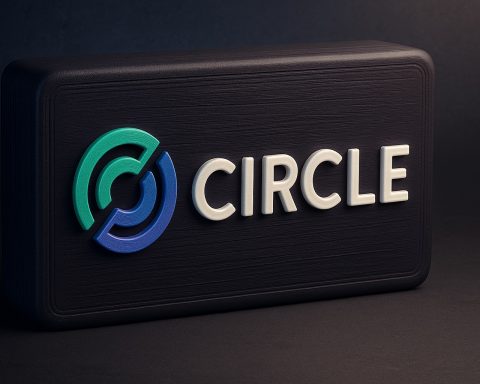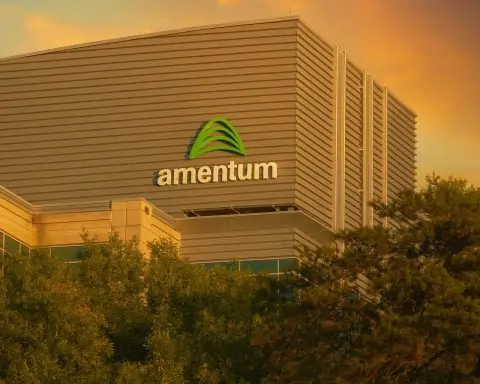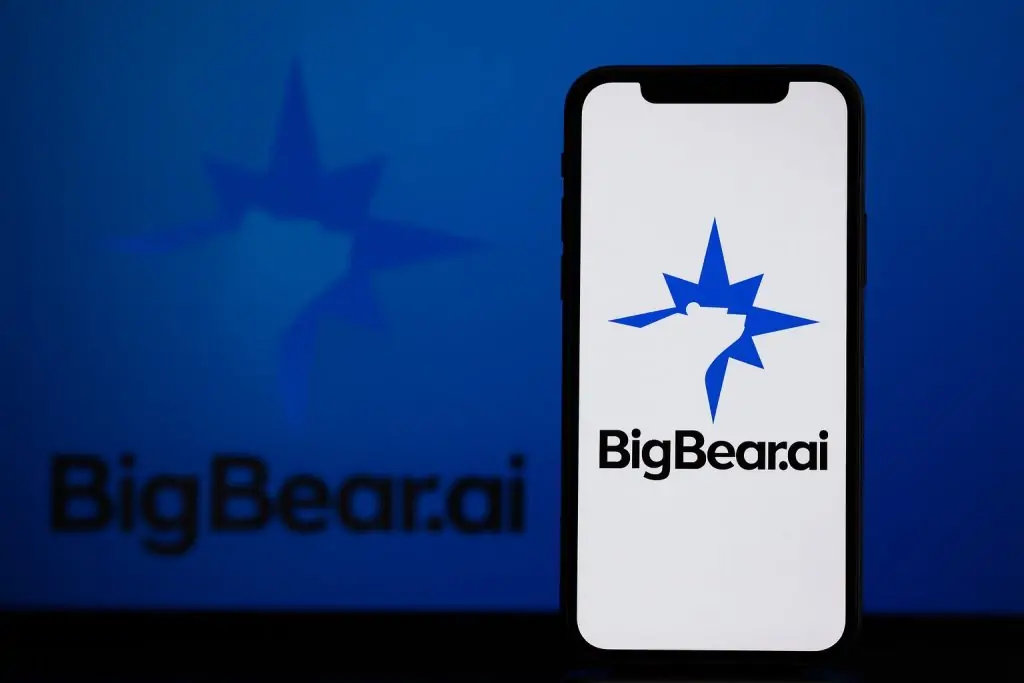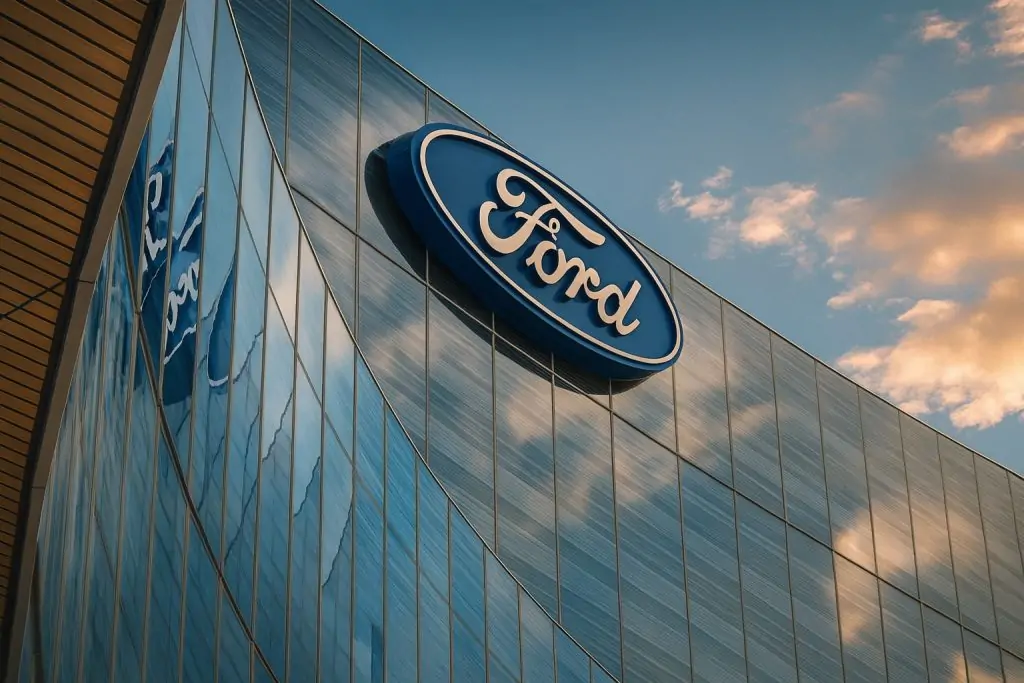TSLA stock today: shares climb back above $400
Tesla, Inc. (NASDAQ: TSLA) shares were trading higher on Wednesday, 19 November 2025, as investors digested a wave of news around the company’s robotaxi ambitions, a potential mega‑fundraise for Elon Musk’s AI startup xAI, and fresh analyst upgrades.
By mid‑afternoon, Tesla stock was trading around $410, up a little over 2% from yesterday’s close near $401, with the intraday range roughly between $400 and $411, on volume north of 20 million shares. [1]
The move comes after a volatile stretch that saw Tesla rally sharply earlier this month before pulling back toward the $400 level, prompting some commentators to question whether the latest run‑up has gone too far. [2]
Despite those concerns, today’s news flow is skewing bullish: regulators in Arizona have cleared Tesla to operate a ride‑hailing service, Musk’s AI ambitions are attracting eye‑popping valuations, and a major Wall Street firm has lifted its price target on the stock.
Below is a roundup of all the key Tesla (TSLA) news from 19 November 2025 and what it may mean for shareholders.
Arizona grants Tesla a ride‑hailing permit – a big step toward robotaxis
The headline development for Tesla today is regulatory.
What happened
Arizona’s Department of Transportation has granted Tesla a Transportation Network Company (TNC) permit, allowing the company to operate a paid ride‑hailing service in the state – essentially an Uber‑style operation under Tesla’s own brand. [3]
Key points from today’s reporting:
- The TNC permit lets Tesla charge passengers for rides in Arizona, but
does not yet allow fully driverless vehicles. A safety driver or human driver is still required. [4] - Tesla already runs a robotaxi pilot in Austin, Texas with a safety monitor, and a ride‑hailing service in the San Francisco Bay Area using human drivers and its Full Self‑Driving (FSD) software. [5]
- CEO Elon Musk has said he aims to operate robotaxis in 8–10 metropolitan areas by the end of 2025, and Arizona is now Tesla’s third U.S. market for this strategy after Texas and California. [6]
- Tesla applied for the Arizona TNC permit on 13 November and received approval on 17 November, underscoring how quickly regulators moved once requirements were met. [7]
Several outlets described today’s approval as the “final regulatory hurdle” for Tesla to commercially roll out its branded robotaxi ride‑hailing service in Arizona, even though the vehicles will still require a human in the loop at first. [8]
Why it matters
For investors, the Arizona permit is important because it:
- Proves regulators are willing to engage with Tesla’s robotaxi plans, even after years of industry setbacks.
- Expands Tesla’s early ride‑hailing footprint to three U.S. states, strengthening the company’s position against incumbents like Waymo (Alphabet) and Zoox (Amazon). [9]
- Creates a path to monetize FSD and future Cybercab robotaxis beyond private vehicle owners.
However, the approval also highlights the limits of Tesla’s autonomy push: Arizona’s permit is explicitly not a driverless green light, and state regulators still require safety drivers while Tesla tests and refines its autonomous tech. [10]
Cybercab unveiled – and immediately hits regulatory roadblocks
Alongside the Arizona news, Tesla’s Cybercab concept – a purpose‑built autonomous robotaxi Musk has touted as a core pillar of Tesla’s future – continues to attract attention and criticism.
What Cybercab is supposed to be
Coverage today describes Cybercab as: [11]
- A fully autonomous electric robotaxi,
- Priced under $30,000, and
- Intended to operate without a steering wheel or pedals in commercial fleets.
This positions Cybercab as a high‑volume, low‑cost product that could transform Tesla from a carmaker into a large‑scale mobility and AI services provider.
The legal reality check
But according to new analysis, Musk cannot legally sell or deploy the Cybercab as advertised in the U.S. today because Tesla lacks the necessary exemptions from Federal Motor Vehicle Safety Standards (FMVSS). [12]
Key challenges highlighted:
- Tesla hasn’t even applied for the FMVSS exemptions that would allow a steering‑wheel‑free vehicle to be sold or operated commercially in the U.S. [13]
- Regulators have historically moved slowly on such exemptions, especially for radical vehicle designs, suggesting that Cybercab’s timeline could slip. [14]
For investors, this creates a clear tension:
- Story upside: Cybercab could open a huge new revenue stream in robotaxi services and mobility subscriptions.
- Execution risk: Regulatory approvals and real‑world safety data may take years, not quarters, to materialize.
xAI’s possible $15 billion raise: AI halo effect for TSLA
Tesla’s move higher today isn’t just about cars and robotaxis – it’s also about AI.
The news on xAI
Reuters reports that Elon Musk’s AI startup xAI is in advanced talks to raise $15 billion in new equity at a valuation of about $230 billion, according to the Wall Street Journal. [15]
Additional details from today’s coverage:
- The fundraising terms were reportedly outlined to investors by Musk’s wealth manager, Jared Birchall. [16]
- The new valuation would more than double xAI’s roughly $113 billion mark at the time of its March merger with Musk’s social network X. [17]
- xAI is rapidly scaling data‑centre capacity and infrastructure – including a “Colossus” supercomputer – to compete with OpenAI and Anthropic. [18]
Crucially for Tesla shareholders, Tesla investors recently approved a potential investment into xAI, giving Musk the option to link the companies more tightly, for example by contributing Tesla’s compute resources, data, or capital to xAI. [19]
Why TSLA traders care
Even though xAI is a separate company, a massive raise at a tech‑style valuation can:
- Reinforce the idea that Tesla is part of Musk’s broader AI ecosystem, not “just” an automaker. [20]
- Support the bull case that Tesla’s long‑term value lies in autonomy, AI, and robotics (Optimus) rather than purely in EV margins.
That narrative appears to be helping TSLA today, with several reports explicitly linking the stock’s roughly 2% advance to optimism around xAI’s fundraising buzz. [21]
Wall Street split: Cantor’s $510 bull case vs. caution from others
Cantor Fitzgerald boosts its Tesla price target
In a notable show of confidence, Cantor Fitzgerald has reiterated its Overweight rating on Tesla and raised its price target from $355 to $510, citing a more ambitious production roadmap. [22]
According to today’s report, Cantor’s thesis leans on:
- Tesla’s guidance that Cybercab, the Semi truck and Megapack 3 will enter volume production in fiscal 2026.
- Expectations that Optimus humanoid robot production lines will also start that year. [23]
- Plans to lift Fremont factory output to ~1 million cars per year by late 2026, ahead of a larger production push at Gigafactory Texas, which is modeled with a long‑term capacity of up to 10 million units annually. [24]
- A “significant increase” in capital expenditures, with Tesla’s capex projected at about $9.2 billion in 2025 and $12 billion in 2026 as it invests in robotaxis, AI, and manufacturing scale. [25]
For long‑term bulls, this note reinforces the idea that Tesla is still in a heavy investment phase, trading today on the promise of a much larger AI‑powered mobility business later in the decade.
Not everyone is convinced
Other analysts remain cautious:
- Truist Securities recently reaffirmed a Hold rating on Tesla with a price target around $406, warning that key growth drivers – particularly the Optimus robot and physical AI products – are still largely unproven and contribute “close to zero revenue” today. [26]
- Commentary from outlets like 24/7 Wall St. has framed Tesla’s recent run as a rally at risk, pointing to the stock’s high valuation (over 180x forward earnings in some estimates) and heightened volatility. [27]
The result is a split Wall Street tape: some see today’s Arizona and AI news as validation of a high‑growth story, while others view it as adding execution risk and capital intensity to an already richly valued stock.
Institutional investors quietly add to Tesla positions
Beyond headlines, a series of regulatory filings published today show that some wealth managers have been adding to Tesla:
- Brown Wealth Management LLC boosted its TSLA holdings by roughly 89% in the second quarter, according to a new disclosure. [28]
- Wealthspire Advisors LLC reported a position in Tesla worth about $12.8 million, highlighting continued institutional interest even after the stock’s big 2025 rally. [29]
These are small pieces in the broader ownership puzzle, but they support the view that Tesla remains a core holding in many diversified equity portfolios.
Tesla, AI and geopolitics: Musk to join US‑Saudi AI investment forum
Adding to the AI narrative, reports today say that CEOs from several major tech and AI‑adjacent companies – including Tesla – are expected to take part in a U.S.–Saudi AI investment forum in Washington, D.C. [30]
While details around Musk’s specific role aren’t fully disclosed, the event underscores:
- How central AI and data‑centre infrastructure have become to global capital flows.
- Tesla’s positioning not only as an EV maker, but as a player in the broader AI and robotics ecosystem through FSD, Optimus, and potential ties to xAI. [31]
For shareholders, it’s another signal that Tesla’s narrative is entwined with AI policy and international capital, not just auto demand or EV tax credits.
What today’s news means for Tesla investors
Putting it all together, the 19 November 2025 Tesla story looks like this:
- Operational progress:
- Arizona’s permit confirms regulators are willing to let Tesla commercialize its ride‑hailing vision, even if full autonomy is still some way off. [32]
- Ambitious, risky product pipeline:
- Cybercab and Optimus could be massive long‑term opportunities, but regulatory and technical hurdles are significant, and revenue from these initiatives remains speculative. [33]
- AI halo effect:
- xAI’s potential $15 billion raise at a $230 billion valuation reinforces Tesla’s identity as part of an AI‑first Musk ecosystem, which can support sentiment but also raises governance and capital‑allocation questions if Tesla invests heavily in the startup. [34]
- Valuation debate intensifies:
- A bold $510 price target from Cantor sits opposite more cautious voices and technical analysts who warn the stock’s rally could be fragile around the $400–$450 band. [35]
- Stock reaction:
- For now, the market’s verdict is modestly positive: TSLA is trading above $400 and up around 2% on the day, suggesting investors are leaning into the upside of today’s headlines, while remaining aware of the risks. [36]
As always, this coverage is for information only and is not investment advice. Anyone considering buying or selling Tesla stock should weigh their own risk tolerance, time horizon, and diversification needs, and consider consulting a qualified financial professional.
References
1. www.investing.com, 2. 247wallst.com, 3. www.reuters.com, 4. www.reuters.com, 5. www.reuters.com, 6. www.reuters.com, 7. www.reuters.com, 8. villpress.com, 9. www.reuters.com, 10. www.reuters.com, 11. www.gurufocus.com, 12. www.forbes.com, 13. www.forbes.com, 14. www.gurufocus.com, 15. www.reuters.com, 16. www.reuters.com, 17. www.reuters.com, 18. www.reuters.com, 19. www.reuters.com, 20. www.gurufocus.com, 21. www.gurufocus.com, 22. www.insidermonkey.com, 23. www.insidermonkey.com, 24. www.insidermonkey.com, 25. www.insidermonkey.com, 26. www.insidermonkey.com, 27. 247wallst.com, 28. www.marketbeat.com, 29. www.marketbeat.com, 30. seekingalpha.com, 31. seekingalpha.com, 32. www.reuters.com, 33. www.gurufocus.com, 34. www.reuters.com, 35. www.insidermonkey.com, 36. www.investing.com
